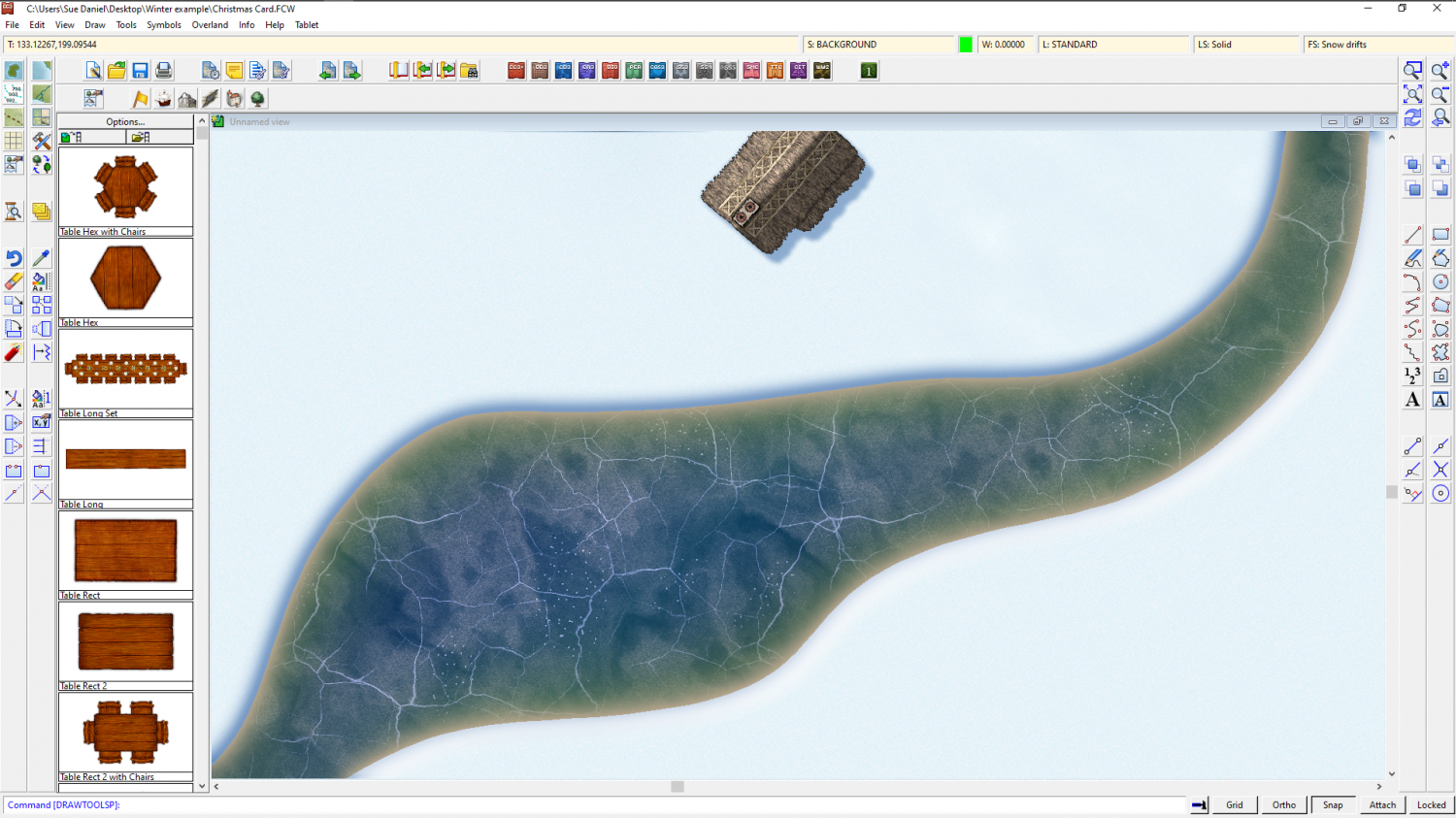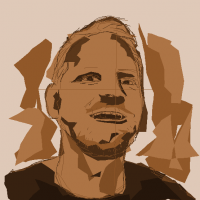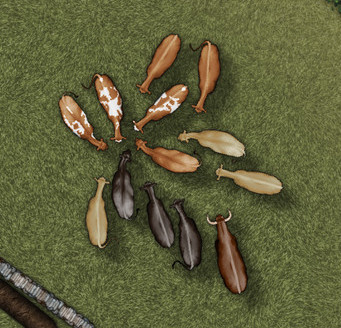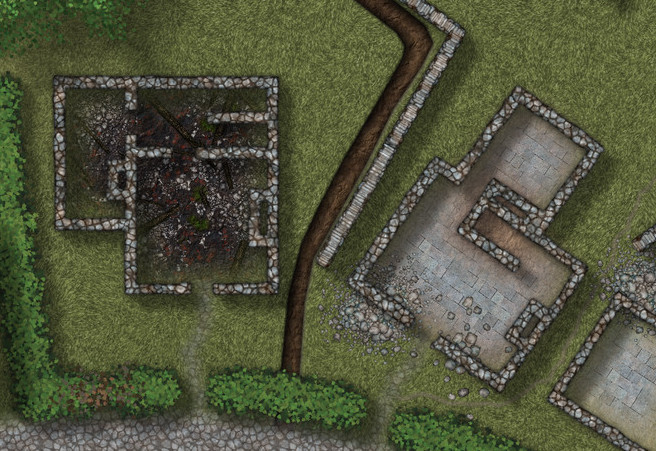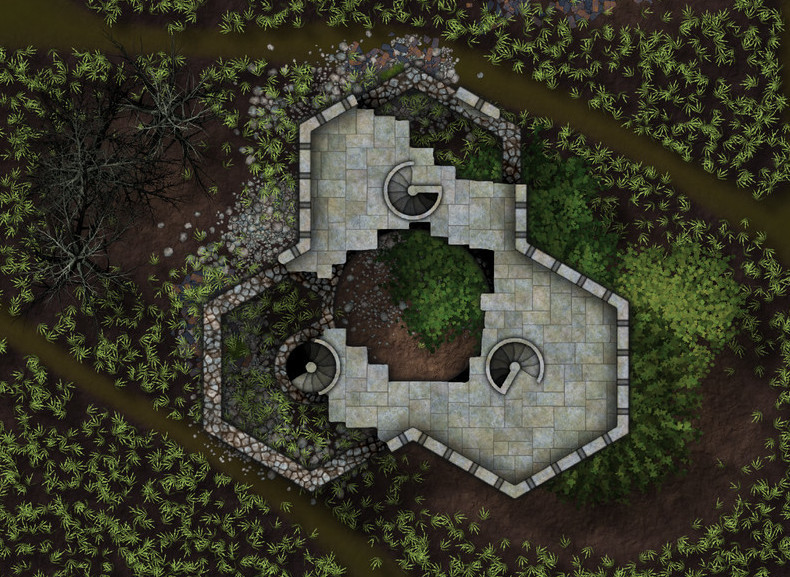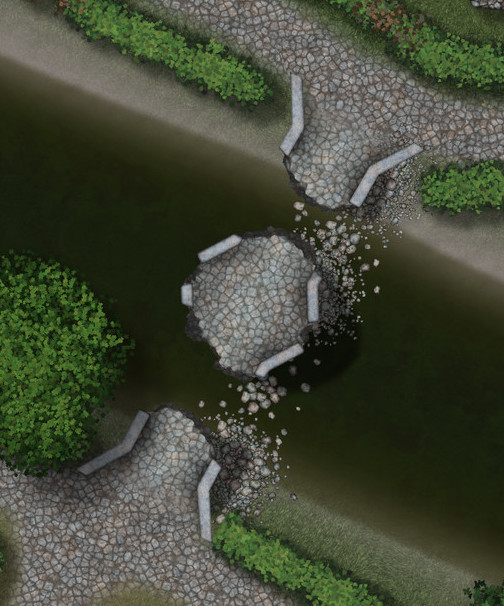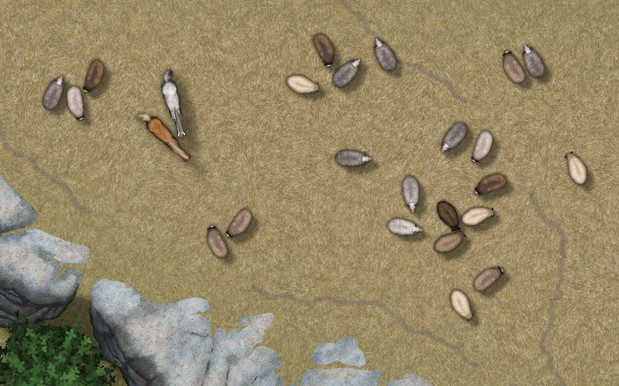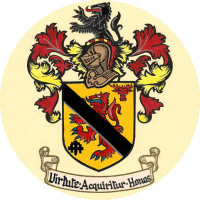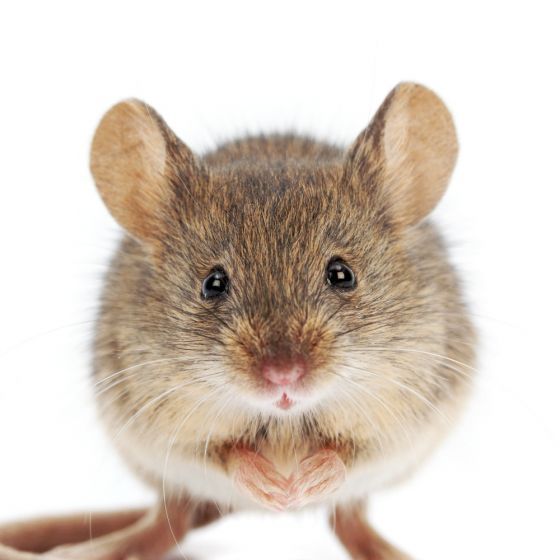
Loopysue
Loopysue
About
- Username
- Loopysue
- Joined
- Visits
- 9,978
- Last Active
- Roles
- Member, ProFantasy
- Points
- 9,861
- Birthday
- June 29, 1966
- Location
- Dorset, England, UK
- Real Name
- Sue Daniel (aka 'Mouse')
- Rank
- Cartographer
- Badges
- 27
-
Festive Winter Card Challenge WIP: Frosty Village
Well, this new challenge sounds like fun, so I'm in.
Challenge announcement thread.
I have to confess that I was already working on something to make a Christmas card for my family, but no map as yet, just a couple of textures.
Here is an idea for anyone else who wants to join in: you can use almost any texture for snow by turning it some shade of white using the new Colorize sheet effect ;)
I've made some snow, and a bit of ice, but that's about as far as I've got.
-
[WIP] Fantasy Renaissance River City
-
Live Mapping: Marine Dungeon 2
-
CA style development - "Darklands City" (issues for September and December 2021)
-
Making a Mountain
That is transparency acne.
The rendering engine gets confused if the pixels on two sheets are the same colour and decides that there must be a hole in the polygon on the uppermost sheet. The hole isn't really there, but that's how the rendering engine interprets the fact that the pixel hasn't changed colour between the two sheets.
This doesn't happen too often, but when you use polygons of the same texture on two adjacent sheets, and then apply a bevel, or an edge fade inner to the topmost of those two sheets, that sheet effect is applied to all the edges - including to the tiny square edge that exists around each of the pixel 'holes' interpreted by the rendering engine.
You can stop it doing that by adding another sheet between those two (we tend to call it a separation sheet), and copying the topmost polygons onto it. Then use the Change Properties tool to change the new polygons on the new sheet so that they are a solid colour that isn't likely to be in the texture (227 is a good one), and maybe a add an edge fade inner to make sure it doesn't show around the edges. The point of that is to make sure the rendering engine sees the difference between the underlying rock and the overlying rock.



